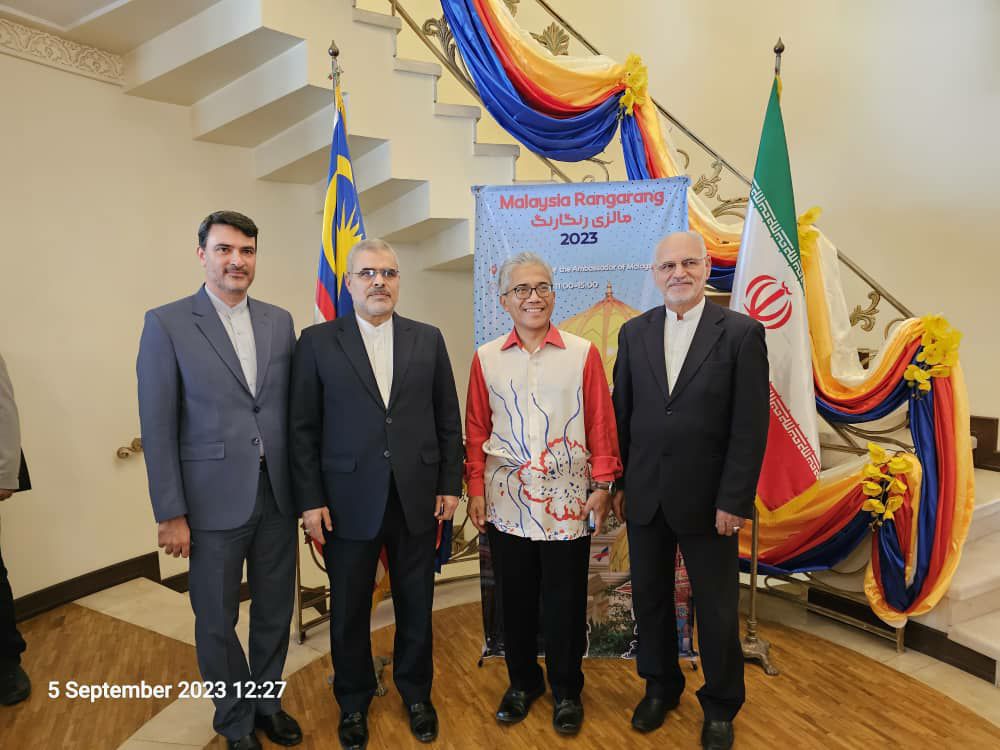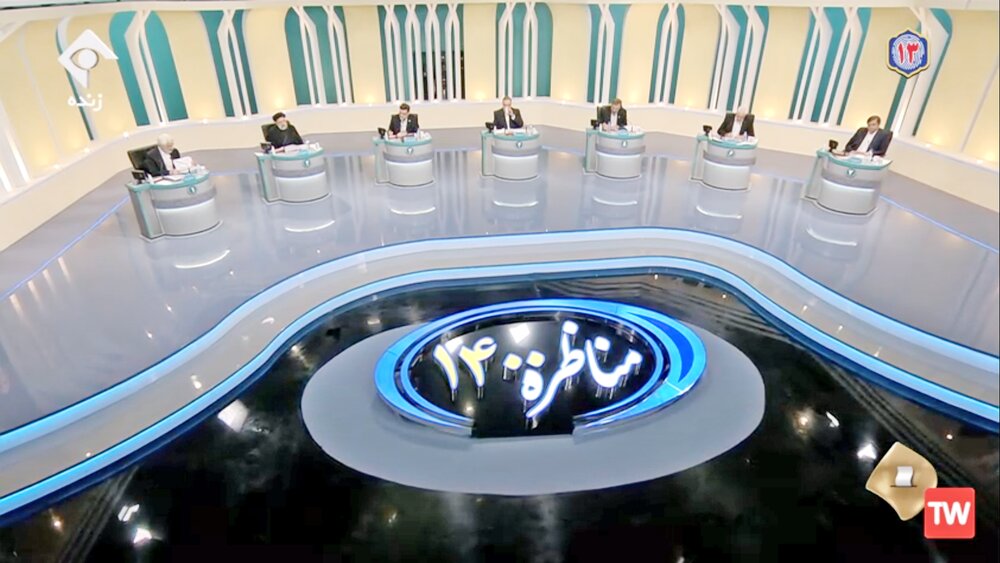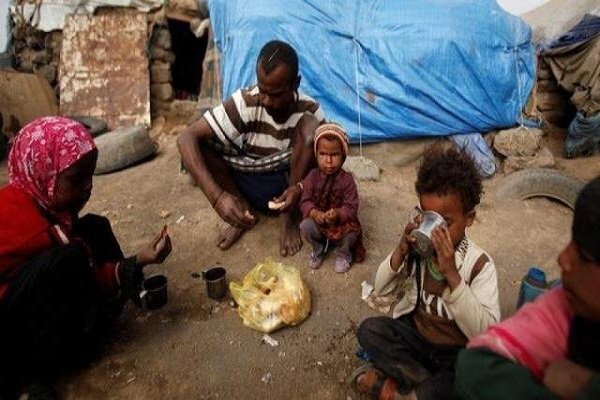Current Dollar Rate Driven by “Fear,” Not Real Market Forces
TEHRAN (Iran News) Speaking on Thursday at a meeting with business leaders in Isfahan focused on “Challenges in the Currency Market,” Central Bank Governor Mohammad-Reza Farzin said political pressures and psychological warfare have distorted exchange rates.
“The current high price of the dollar in the free market is not the real exchange rate but rather a ‘fear rate’ fueled by our adversaries,” Farzin told the gathering at the provincial Chamber of Commerce. “They spread anxiety to unsettle the public, while the genuine market rate remains far lower.”
Farzin emphasized that the so-called real exchange rate of the U.S. dollar currently averages around 920,000 rials. He said that as recently as Wednesday, in the so-called “second market” — where exporters and importers trade currency under Central Bank oversight — the dollar was exchanged at that level. Rates quoted on social media channels, often well above that figure, were described by Farzin as “unrealistic, the product of false excitement and psychological operations designed to maintain an atmosphere of uncertainty.”
He further dismissed reports about the alleged freezing of Iranian assets in European banks.
“We have no funds in the European Union, yet rumors are being circulated about seized deposits,” he said. “These claims are part of the psychological war meant to frighten our society.”
Farzin identified the sharp rise in the exchange rate in recent months as a principal driver of the country’s current inflation.
While noting that economic policymaking involves inherent uncertainties, he argued that the main source of inflation has been cost-push factors, not merely liquidity growth.
“The main reason for intensified inflation has been the jump in the exchange rate in the NIMA market — from 400,000 rials to 700,000 rials per dollar,” he said, referring to the regulated foreign exchange platform that supplies more than 70% of the country’s hard-currency needs. “This surge has raised production costs across many sectors and imposed strong inflationary pressures on the economy.”
He added that while fluctuations in the free-market exchange rate also contribute to inflation, the decisive factor remains the dollar’s rise in the NIMA, now referred to as the “second market.” Farzin pledged to bring more exporters and importers into that market to stabilize rates and reduce costs.
Farzin highlighted several measures by the 14th Iranian administration to support domestic industries, including lower-rate financing for small and medium-sized enterprises through the state-owned Bank Melli.
To assist food producers, exporters in that sector will be allowed to sell their foreign exchange earnings directly in the second market or to import gold and cash. The government is also seeking to draw in more players from the metal, steel, and petrochemical industries to increase liquidity and competitiveness in the official market.
“Exporters will be permitted to use their earnings for imports, or even transfer their export proceeds to similar firms,” Farzin said, noting that the Central Bank has introduced official dollar and euro cash trading symbols to facilitate such transactions.
He also pointed to new barter regulations for export-oriented industries, already approved by the Ministry of Industry, Mine and Trade and soon to be reviewed by the Cabinet. Farzin said these rules would help Iranian firms trade more effectively with partners in the Eurasian region, removing several existing hurdles.
The Central Bank chief further announced prioritized financing for solar energy development projects through the banking system, as well as the option to fund large-scale initiatives via bond sales.
Turning to regional issues, Farzin reported that the ratio of bank loans to deposits in Isfahan province currently stands at 74%, rising to about 85% after adjusting for mandatory reserves. He said the Central Bank is aiming to increase this ratio further and has instructed the banking network to grant greater authority to provincial branches.
At the same meeting, Isfahan’s business community voiced criticism of the country’s currency allocation policies and banking regulations. They urged swift and decisive action to resolve financial bottlenecks affecting trade and industry.
Business representatives raised concerns about difficulties in repatriating export earnings, irregularities in access to foreign currency for imports, problems with letters of credit, the misuse of one-time-use trading cards, and cumbersome regulations on barter trade.
They also called for lower bank lending rates, streamlined bureaucracy, and better support for exporters, describing export growth as the “key to economic dynamism and the country’s foreign currency needs.”
Participants suggested policy incentives — such as faster depreciation schedules for industrial machinery — to counter the decline in domestic investment.
Farzin’s trip to Isfahan, made at the invitation of the provincial governor, included multiple meetings with local officials, private-sector representatives, and the Public-Private Dialogue Council. The visit aimed to directly address banking-sector demands and improve coordination between national policymakers and regional economic actors.
- source : IRAN NEWS ECONOMIC DESK






























